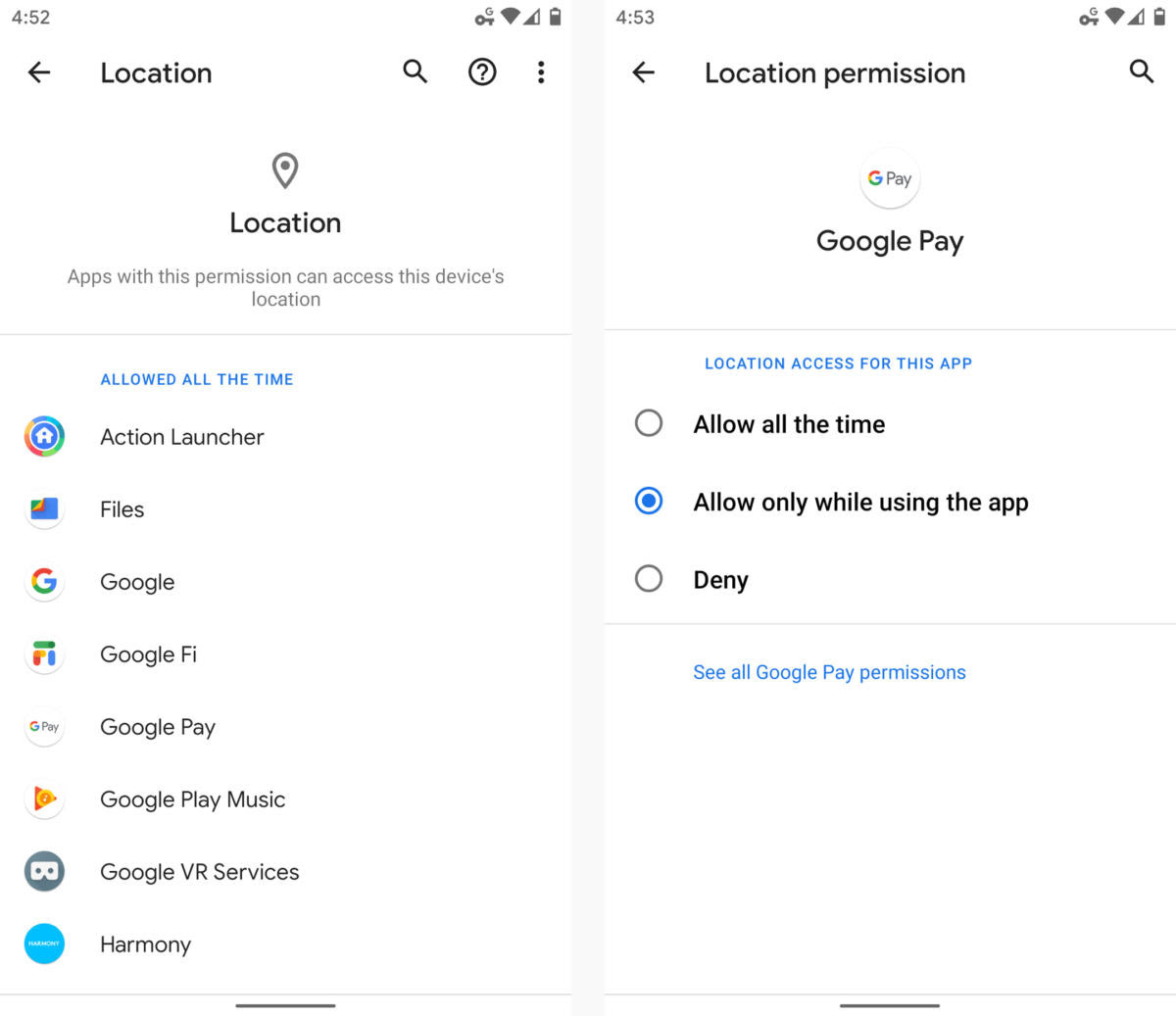Android Inc. was founded in October 2003 by Andy Rubin, Rich Miner, Nick Sears, and Chris White. On August 17, 2005, Google bought Android, Inc., as well as its employees. The beta version was released on November 5, 2007.
In this article, we will look through the timeline of Android User Interface (or UI), noting the versions and features upgrade through the years.
But first, let’s start by explaining the term ‘android UI’. I want you to picture your local supermarket; There are several sections — shelves, and directions on how to look for whatever you came for. Here, the android is the supermarket while the isles, sections and directions are the UI.
UI design is focused on how a product’s (in this case, Android) looks and functions. It is made up of all the elements that enable the user to interact with the product. The user interface(or UI) of a mobile phone is the software front that allows users to engage with the phone’s technical features.
Although the phrase can refer to physical input like controls or keys, it is most commonly used in the context of mobile phones to refer to the software-controlled features displayed on the screen that are used to interact with the device.
Some examples are screens and touchscreens, keyboards, noises (or audio alerts), and visual elements, such as buttons and icons etc. User Interfaces that are easier to use than others are referred to as more user-friendly.
Now, let’s take a look at how the Android UI has evolved since its inception. Fasten your seatbelt as I take you down memory lane!
Here’s a list of the Android versions to date:
- Android 1.0 (No code name)
- Android 1.5 Cupcake
- Android 1.6 Donut
- Android 2.0 Éclair
- Android 2.2 Froyo
- Android 2.3 Gingerbread
- Android 3.0 Honeycomb
- Android 4.0 Ice cream sandwich
- Android 4.1 jelly bean
- Android 4.4 Kitkat
- Android 5.0 Lollipop
- Android 6.0 Marshmallow
- Android 7.0 Nougat
- Android 8.0 Oreo
- Android 9 Pie
- Android 10
- Android 11
- Android 12
Now, Let’s take a more detailed look at each version.
Android 1.5 (Cupcake)
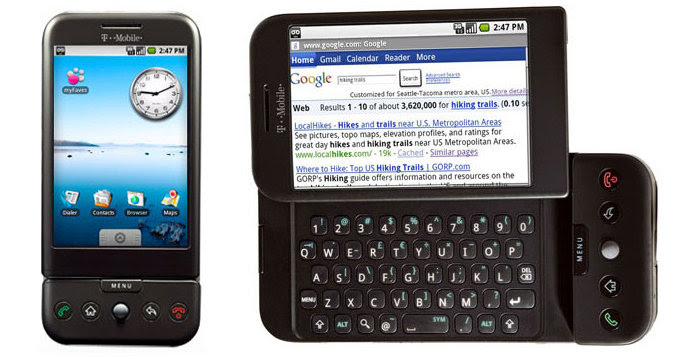
The very first version of Android (Android 1.0) was launched on September 23, 2008. It was followed by version 1.1 on February 9, 2009. In April 27, 2009, version 1.5 was announced with the codename; Cupcake, officially making it the first Android device with a code name.
The Cupcake was succeeded by Version 1.6 (Donut) , which was released on September 15, 2009 (with slightly updated features and a few bug fixes).
Here is a list of its features and UI improvements in Android 1.5 Cupcake.
Features and UI improvements:
- The Internet browser allows you to open multiple pages shown as windows.
- Gmail synchronization with the Gmail application makes it easier to email contacts.
- Google Maps help to find local businesses and obtain directions using GPS.
- Google calendar synchronization with a calendar app. This feature allows you to schedule and pop activities into your calendar with ease.
- The android market makes it easy to download and update applications.
- Google search is a feature used to search the internet, phone apps and calendar.
- Google talk(Voice dialer), allows instant messaging.
- Notifications with options to set ringtone led or vibration alerts.
Android 2.0 (Éclair)

This version was launched on October 26, 2009. Then other versions from 2.0.1 launched on December 3, 2009, and 2.1 launched on January 12, 2010, both had minor adjustments and bug fixes.
Features and UI improvements:
- Addition of auto-brightness: This feature uses light sensors to adjust the phone brightness(automatically becomes brighter in brighter environments, and dimmer in darker ones).
- Improved browser UI to bookmark thumbnails.
- The most important feature in this version is support for multi-touch devices. This improved typing speed on the virtual keyboard.
- Ability to search all saved SMS and MMS, and to delete irrelevant messages.
- Fast contact reach. You can tap on a contact photo to select call, text or email.
- This upgrade also came with an incredible email support feature for Microsoft exchange.
- Android said goodbye to the hardware keys, and welcome to soft keys with touch-sensitive areas for the HOME, MENU, and BACK button on the screen.
- Ability to manage multiple online accounts at a time.
- It allows users to save both an email address and password, allowing applications to not have to request individually.
Android 2.2 (Froyo)
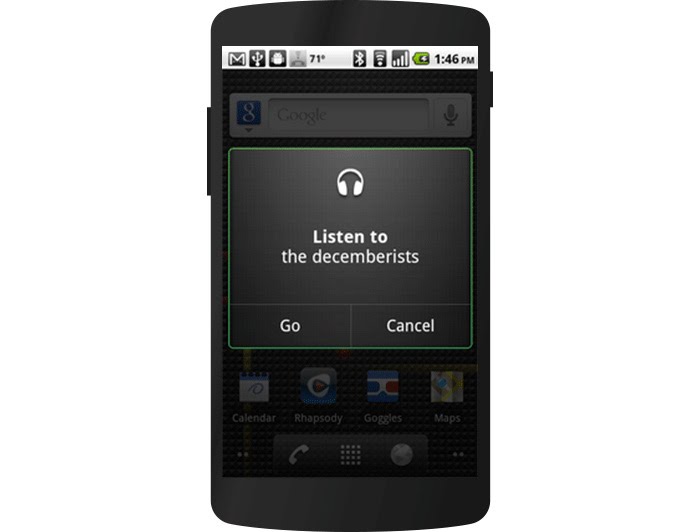
Preceded by the android version 2.1 Éclair, this version was Launched on May 20, 2010.
Features and UI improvements:
- The main upgrade came with Speed, memory, USB tethering, wireless local area network, hotspot functionalities and performance optimization.
- Improved application launcher with shortcuts to phone and browser applications
- Option to disable information access over a mobile network
- Quick switch between multiple keyboard languages and their dictionaries.
- The gallery permits users to look at image stacks using a zoom gesture
- Enabled push notifications, android cloud to device messaging(C2DM)
Android 2.3 (Gingerbread)
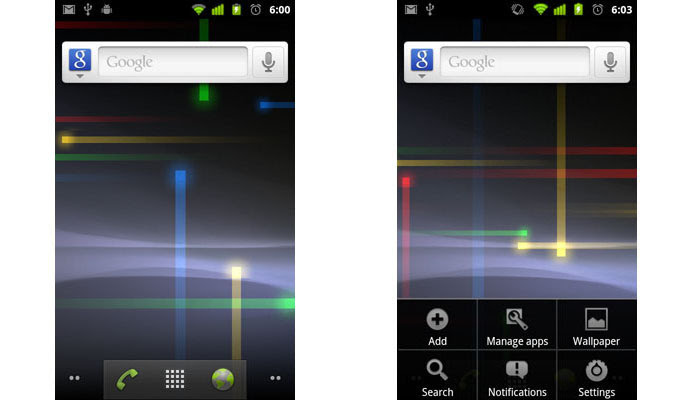
This version came with a brand new UI with better UX ( more convenience, simplicity and speed). It was launched on December 6, 2010.
Features and UI improvements:
- The new UI made learning easy, was faster to use, with more efficient power. Easy navigation and control of the features of the system or device.
- Gesture Navigation: Get around with a swipe and a pull.
- With the new version of Chrom available, users can update from Google Play to ensure they get the latest enhancements and bug fixes for apps using WebView on Android 5.0 and higher
- Notifications for both the personal and work profile are visible. The data for each profile is always kept separate and secure from
- More visible, accessible, and configurable notifications. Users may elect to allow whatever content they desire to appear on the secure lock screen.
- Screen Pinning is a feature that restricts access from others to your phone by only allowing one app to run when activated.
- Redesigned and optimized for reshaped and repositioned keys pressed accurately even at high speed.
- Capability to connect entered keywords from dictionary suggestions. The user can copy and paste with a one-touch word selection.
- The camera allows the user to access multiple cameras on devices
- An upgraded download manager made it easy to monitor downloaded documents from the web.
Android 3.0 (Honeycomb)
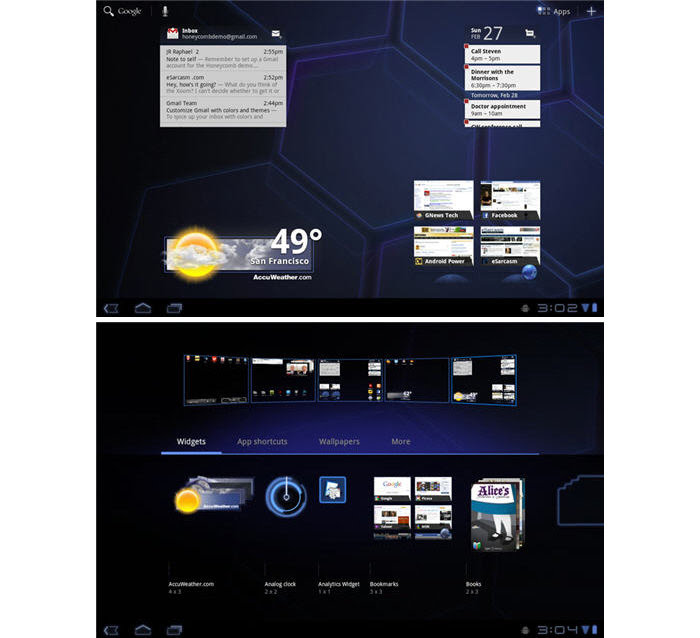
Unlike previous versions, Honeycomb is not available for smartphones. It was designed for devices with larger screens like tablets. It launched in February 2011.
This version features five home screens that allow users to customize with application icons and widgets; it includes a search bar, calendar and three-dimensional stacks for grouping content.
Subscribe for updates
Features and UI improvements:
- Redesigned for tablets. System bar for system information and notifications.
- Action bar for application control that allows for various uses including navigation and widgets.
- Customizable home screens for multitasking, notifications, and more.
- A redesigned keyboard made it easy to type accurately at a high speed.
- Improved text options.
Android 4.0 (Ice Cream Sandwich)

This version was released October 18, 2011, followed by the slightly upgraded versions 4.0.1 on October 19, 2011, 4.0.2 on November 28, 2011, and 4.0.3 on December 16, 2011.
Features and UI improvements:
- With an evolved UI common actions are more visible and let users navigate with simple, intuitive gestures. Improved readability and feedback throughout the system make interactions engaging and interesting.
- The System Bar and Action Bar displayed at the top and sometimes at the bottom of the screen.
- The Recent Apps button lets users jump instantly from one task to another.
- Notifications let users keep in touch with incoming messages, see real-time updates from apps, and much more.
- New lock screen actions.
- Quick responses for incoming calls
- Swipe to dismiss notifications, tasks, and browser tabs
- Improved text input and spell-checking
- Powerful voice input engine
Android 4.1 (Jelly Bean)
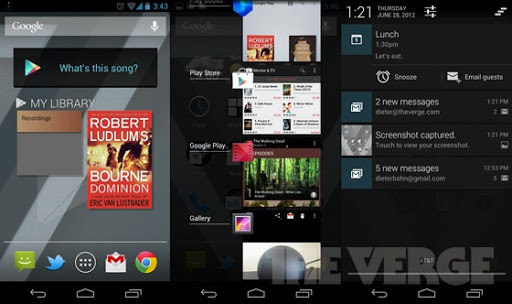
On July 9, 2012, Android 4.1 Jelly Bean was revealed, and the main reason for the update was to enhance the UI in both feature and performance.
Features and UI improvements:
- A faster, smoother, and more responsive user interface.
- Resizable app widgets
- Google new offline voice dictation
- A faster app update
- Long-pressing the Wi-Fi and Bluetooth icons in an on/off state.
Android 4.4 (KitKat)
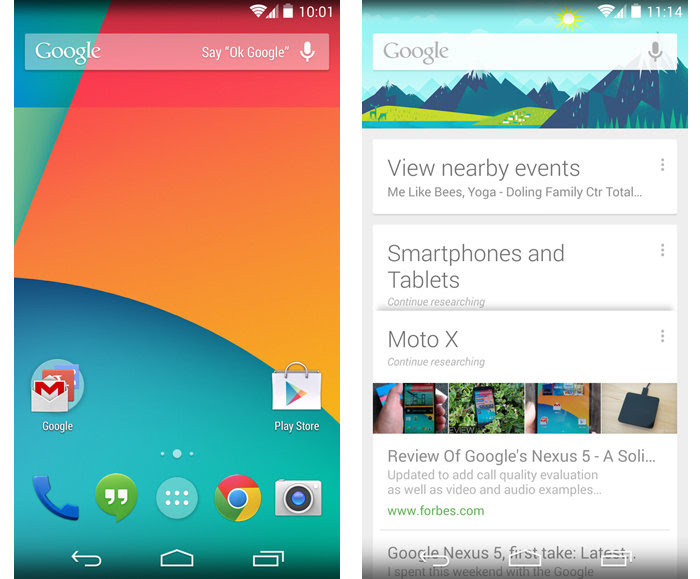
This version was launched on October 31, 2013. KitKat OS was very successful for android, it won them millions of customers.
Features and UI improvement
- Expandable notifications to click and drag down the status bar.
- Better accessibility experience across apps by adding system-wide preferences for Closed Captioning.
- Screen recording. A great new way to create walkthroughs, tutorials and more.
- Enhanced notification access. Notification listener services can now see more information about incoming notifications that were constructed using the notification builder APIs
- An easy-to-use UI that allows users to access recent files in a consistent way across apps and providers.
Android 5.0 (Lollipop)
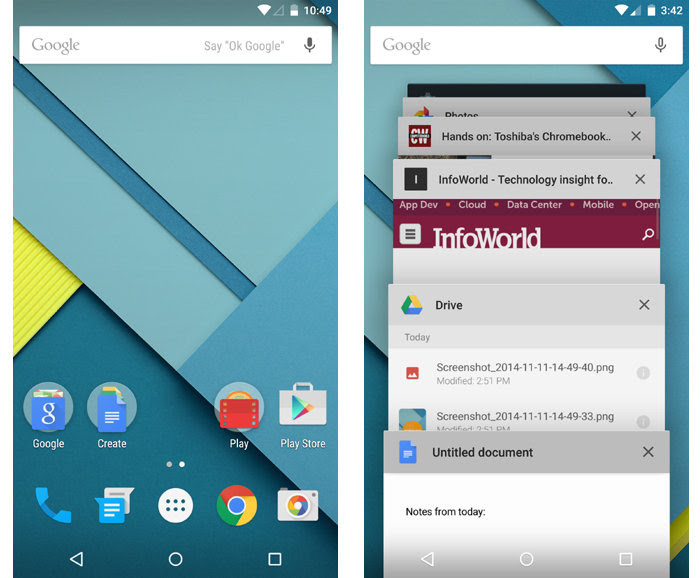
This is the fifth major version of the Android OS which was Unveiled on June 25, 2014. It was the biggest ever upgrade to Android at the time, totally revamping the way we multitask.
Features and UI improvement:
- Android 5.0 lets you capture and share videos from the display and deliver them over the network with user permission if you choose.
- With the new version of Chrome available, users can update from Google Play to ensure they get the latest enhancements and bug fixes for apps using WebView on Android 5.0 and higher
- Notifications for both the personal and work profile are visible. The data for each profile is always kept separate and secure from
- More visible, accessible, and configurable notifications. Users may elect to allow whatever content they desire to appear on the secure lock screen.
- Screen Pinning is a feature that restricts access from others to your phone by only allowing one app to run when activated.
Android 6.0 (Marshmallow)
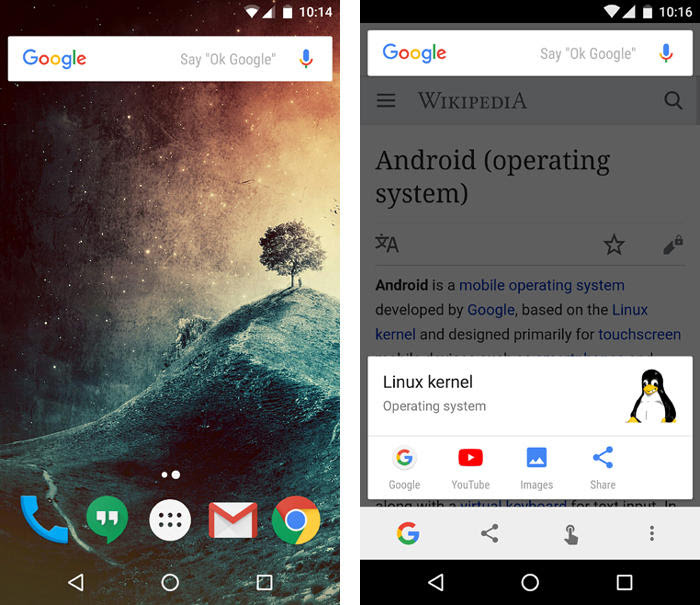
The Marshmallow was officially released on October 5, 2015, and its primary focus was improving the overall UX of its predecessor, Lollipop.
Features and UI improvement:
- App links: enables installed apps to automatically handle their web URLs so you can jump right into the app, rather than the mobile website, as appropriate.
- Easy switch and configuration. Do Not Disturb from quick settings. When someone calls you, you can either choose to allow the call to ring through while Do Not Disturb is enabled or use automatic rules to enable Do Not Disturb for as long as you like.
- With the touch of your volume keys, you can manage notification easily from anywhere.
- From battery and memory usage to notification controls the streamlined settings permits you to manage an app’s settings all in one place.
- Google Now Launcher app list upgraded with search, quick alphabetic scrolling, and intuitive App Suggestions.
Android 7.0 (Nougat)
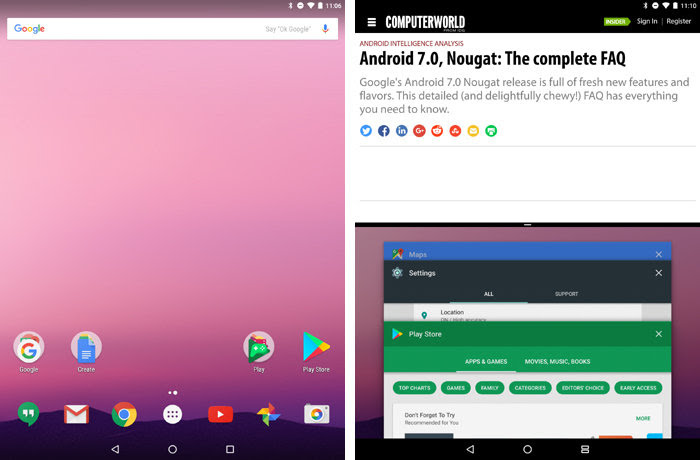
Nougat was released on August 22, 2016.
Features and UI improvement:
- Customizable Quick Settings: Rearrange your Quick Setting tiles so you can get to what you want faster.
- Quick Settings bar: Quick Settings has been redesigned so you can get faster access to top Quick Settings tiles directly in the notification shade.
- Improved Settings navigation: Find the right setting faster with an updated navigation menu in Settings.
- Settings suggestions: Within Settings, get suggestions for how to get even more out of your device.
- ‘Clear all’ in Overview: Instantly close all of your apps running in the background by tapping ‘clear all’ in Overview.
- Emergency information: Emergency Information lets you add information such as name, blood type, allergies, and an emergency contact so that emergency responders can view this information through your device’s lock screen.
- Lockscreen wallpaper: You can now have different wallpapers on your device’s home screen and lock screen.
Android 8.0 (Oreo)

The Oreo was launched on August 21, 2017.
Features and UI improvement:
- High speed: instant moves, behind the scenes. Start your favourite tasks instantly with a shoot when powering up.
- Background limits: Minimizes background activity in the apps you use least. Autofill: With your permission, Autofill remembers your logins, no hassle.
- Smart text selection: Android Oreo enables intuitive text recognition when you tap or select.
- Multitask, at once: This allows you to see two apps simultaneously.
- Dive into more apps with fewer taps
- Notification Dots: Press the notification dots to quickly see what’s new, and easily clear them by swiping away.
- Android Instant Apps: No installation required, right from your browser you can access new apps.
Android 9.0 (Pie)
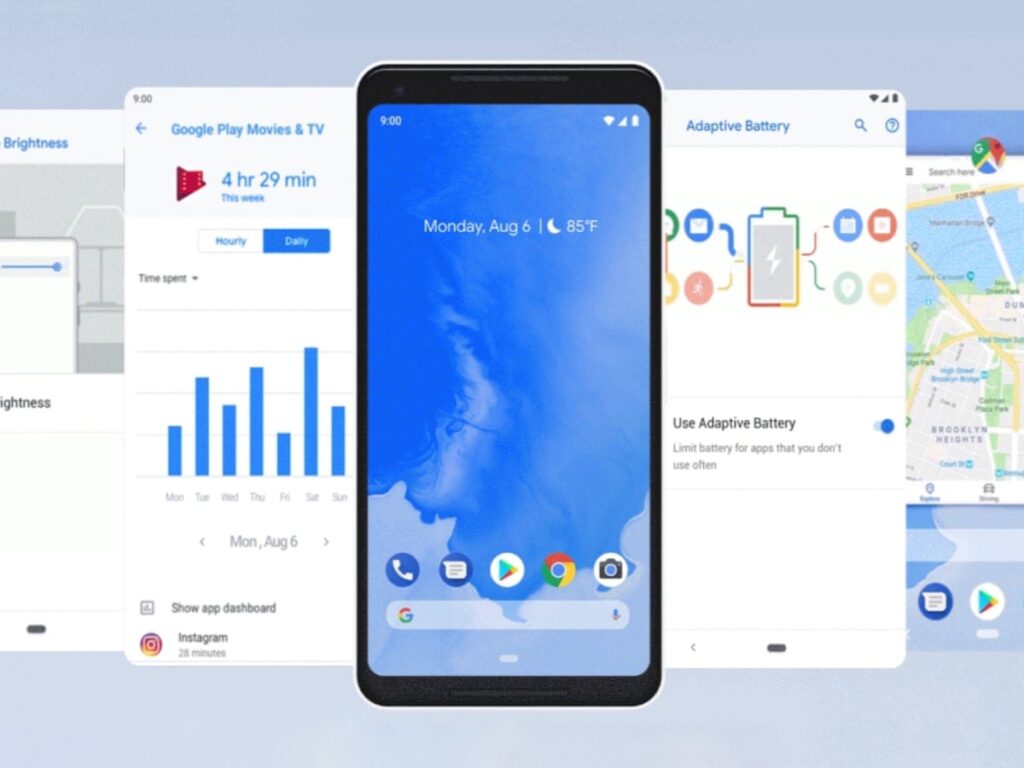
Launched officially on August 6, 2018. Check out the official landing page of the Android 9.0 Pie.
Features and UI improvement:
- Notification enhancements for messaging: Now, messaging apps can provide suggested ‘smart replies’ in the notification, so you can respond in a tap. Plus, any inline reply drafts won’t disappear if you navigate away, and you’ll be able to see images sent from your friends right in the notification.
- Manage Notifications: You now have a quick way to turn off notifications from a range of apps, so you only receive those that are helpful to you. You’ll also get a smart prompt if you’re swiping away certain notifications whether you want to keep receiving them.
- At-a-Glance on Always-on-Display: See things like calendar events and weather on your Lock Screen and Always-on Display.
- Redesigned Quick Settings: A more consistent user experience for Quick Settings and an updated visual design.
- Volume controls: Simpler, more accessible volume controls let you control media volume instantly, as well as quickly toggle call and notification volume settings.
- Screenshots: Now, you can take screenshots easily from the power menu and draw, annotate, or crop them quickly.
- Rotation: Get more control over your phone’s display rotation with a simple button that confirms when you’d like to change the rotation on your device – even when your orientation is locked. (for example, an option to route to an address with Google Maps or share for an image).
Android 10 (Queen Cake)
This Android version was launched on September 7, 2019.
Some of the newest ways to control your privacy, customize your phone and get things done. It’s Android, just the way you want it.
Features and UI improvement:
- Gestures are now quicker and more intuitive than ever. Go backwards and forwards, pull up the home screen and swipe up to see your open apps.
- Dark theme: Take it easy on your eyes. And your battery. Android’s new Dark theme keeps your battery alive longer. Plus, it also changes the look of your google apps.
- Live Caption automatically captions videos, podcasts, and audio messages with a single tap—even stuff you record yourself. Without ever needing wifi or cell phone data.
- Removes background noise and amplify sound according to frequencies personalized to your hearing.
- Accessibility Timeouts; more time to interact with your device features.
- New ways to navigate around your phone without using any buttons. Go backwards and forwards, pull up the home screen, and swipe up to see your open apps.
- You can manage notifications by marking them as “silent” or “alerting”.
Android 11 (Red Velvet Cake)

This version was released on September 8, 2020.
Features and UI improvement:
- new controls space and more privacy features.
- One-time permissions, surface devices and media in the controls.
- Work faster with tools like compatibility switches.
- Screen recorder
- Notification history
- Permission auto reset
Android 12 (Snow Cone)
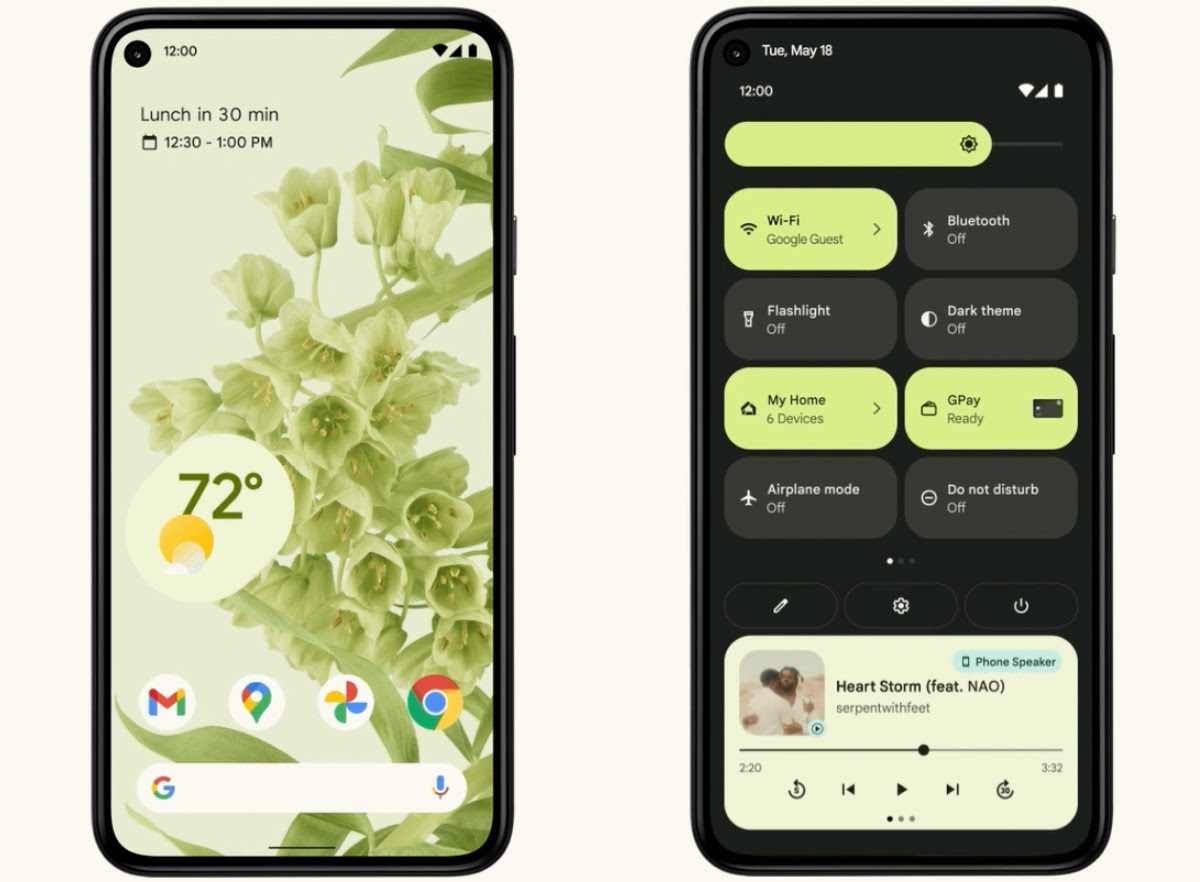
Android 12 is the twelfth major version, it was announced by Google on February 18, 2021. But, the Beta version with a more refreshed UI and lots more. The UI is called Material You perhaps due to the amount of customizations it allows to the default UI. No android version has had this level of fine-tuning out of the box.
Features and UI improvement:
- Easier Wi-Fi sharing.
- AVIF image support.
- A new material design called Material You.
- Gestures can work in immersive mode.
- Addition of google pay and smart home controls.
From version 1.o to version 12, the timeline of the Android UI has greatly improved making it even easier to interact with your gadget.
What android version is your current device (if you use one) and which of its UI features stands out for you?
Can you still remember your first Android version? Please share and let us have a good laugh.
